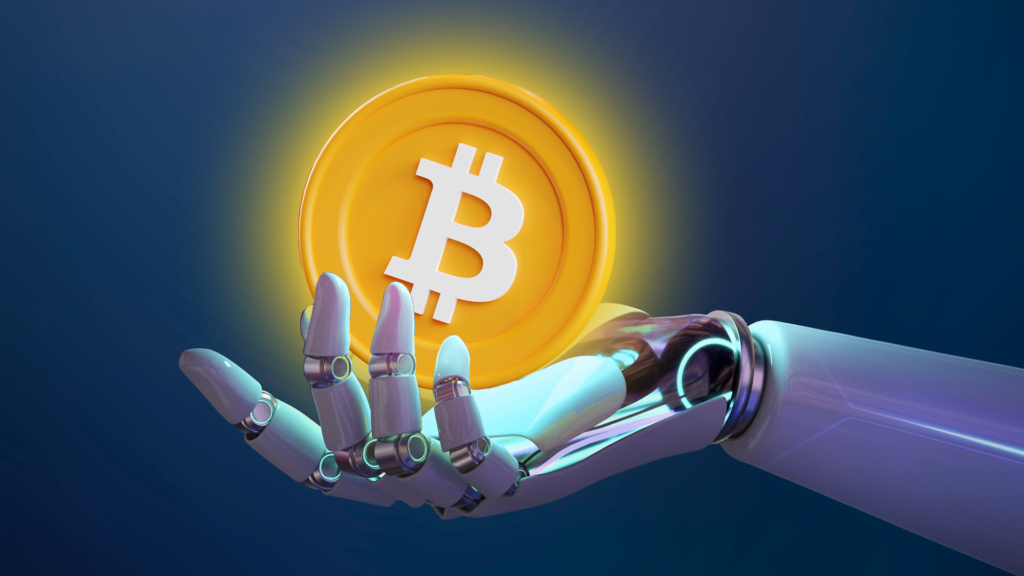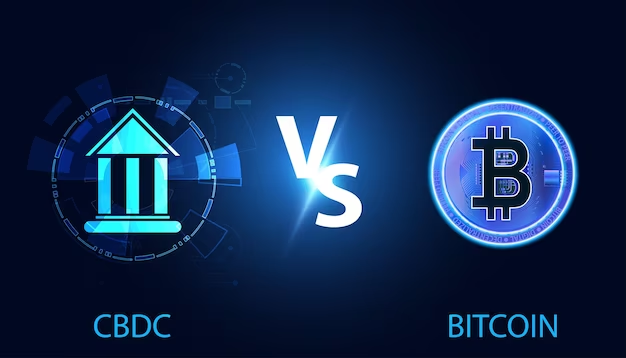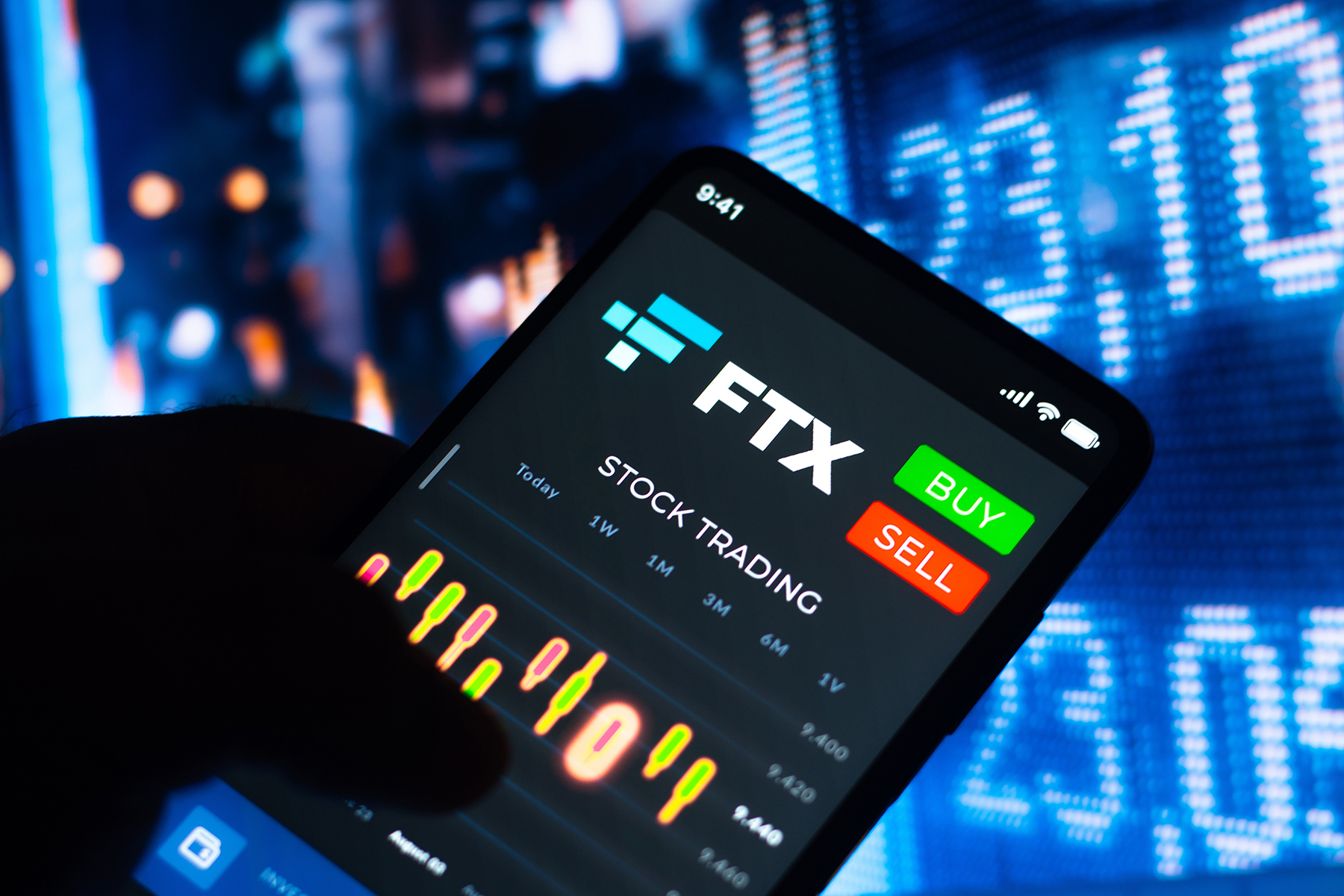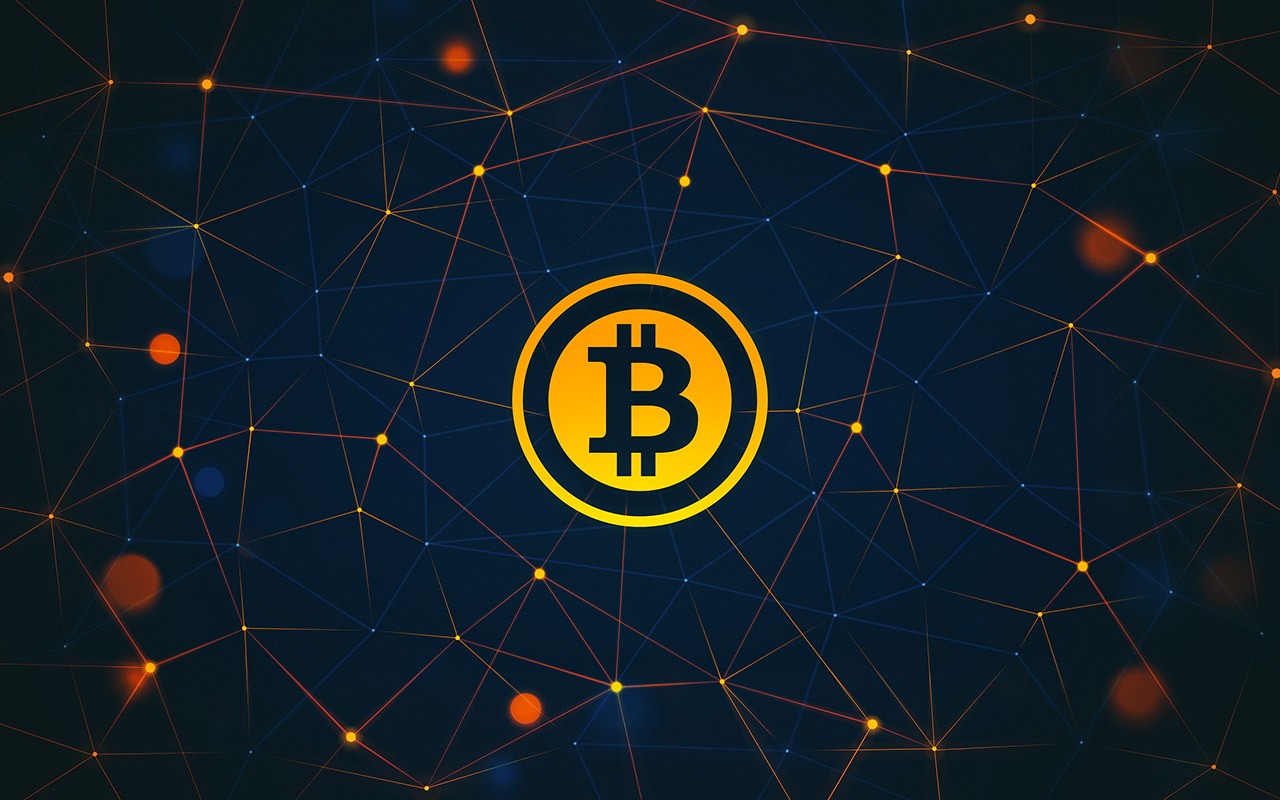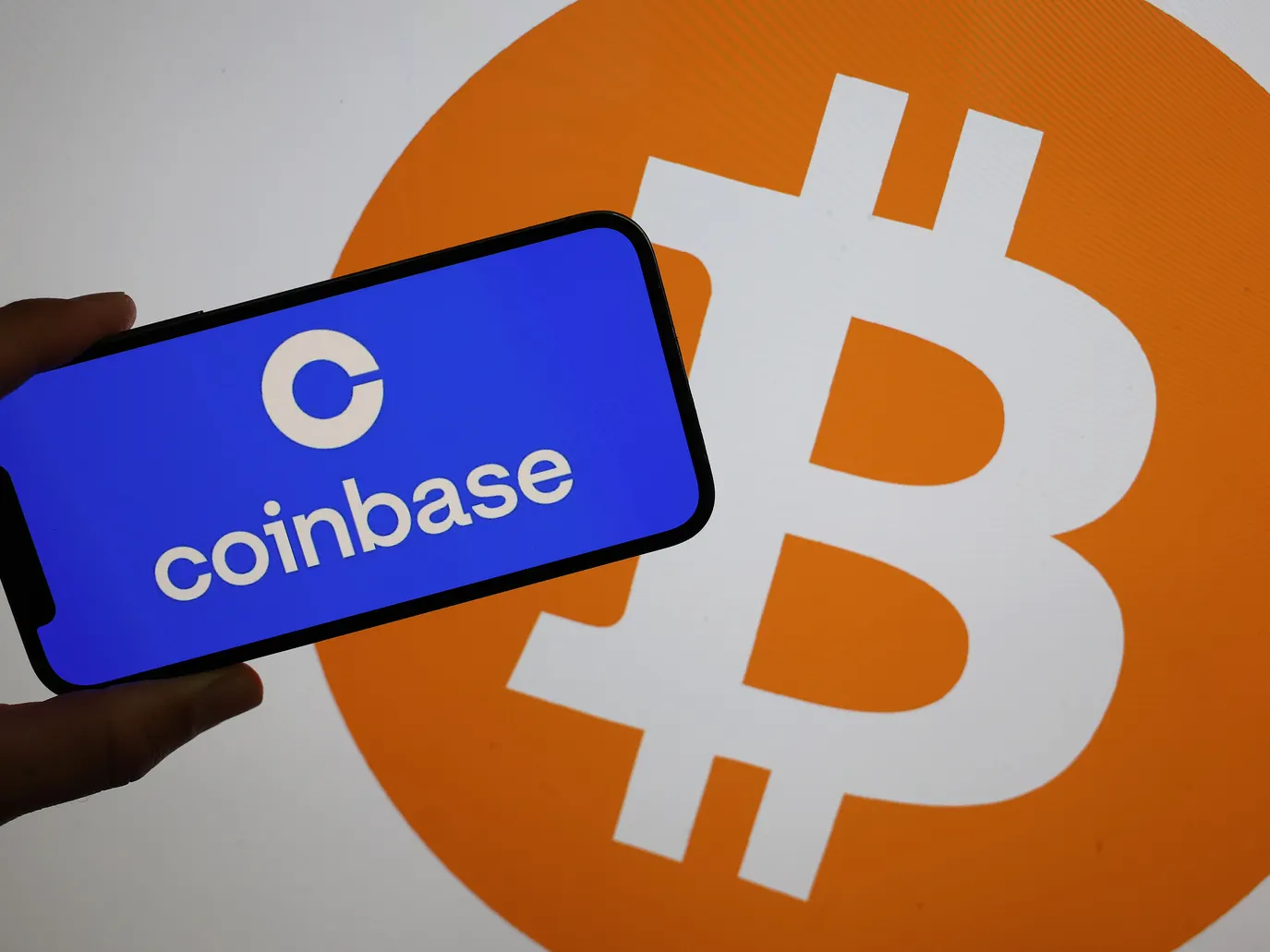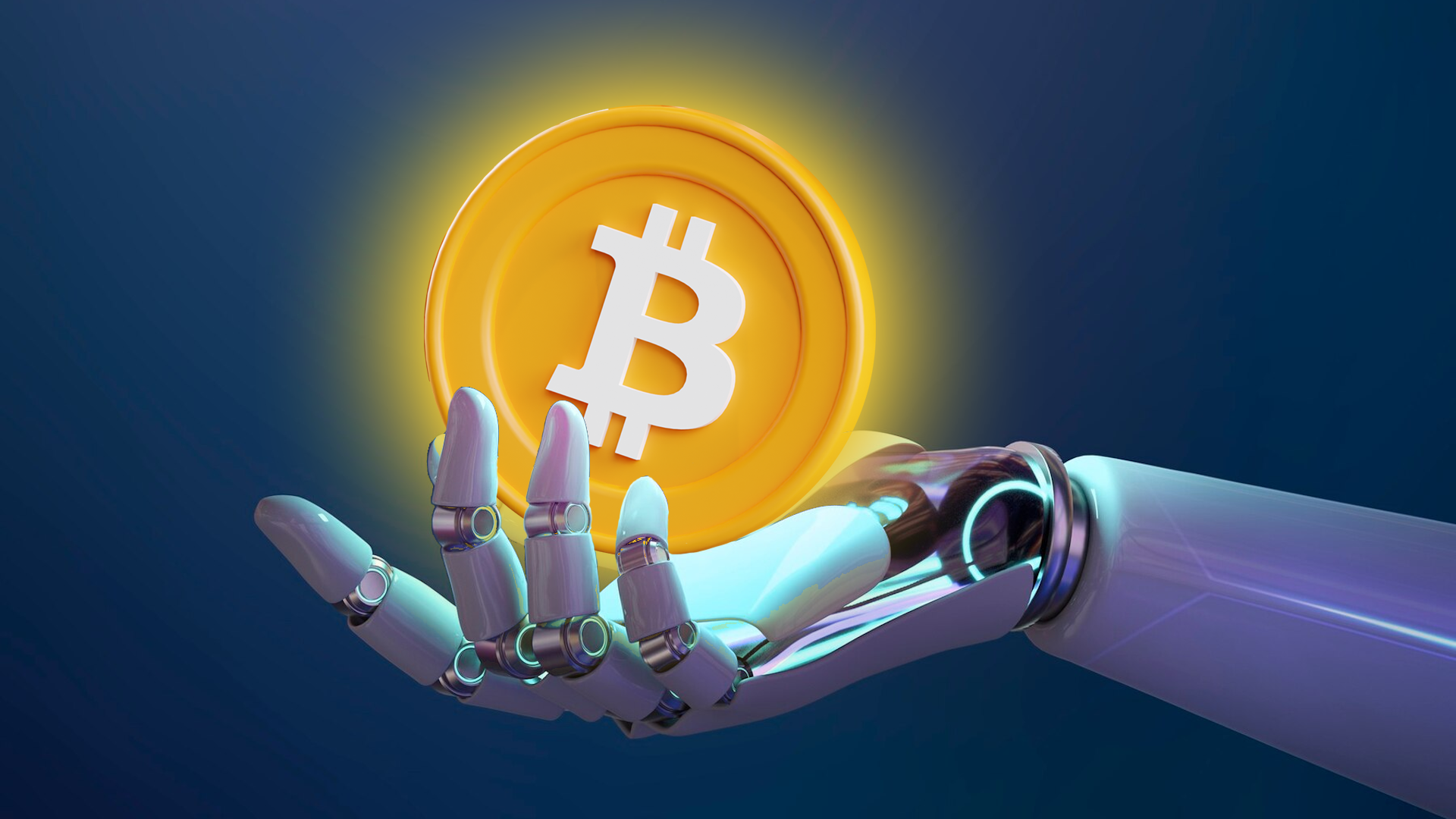Bitcoin, the world’s first cryptocurrency, has captured the imagination of investors, tech enthusiasts, and the general public alike since its inception in 2009. Its journey from an obscure whitepaper by an anonymous entity known as Satoshi Nakamoto to a global digital asset worth trillions has been nothing short of remarkable.
In this comprehensive guide, we delve deep into a pivotal event within the Bitcoin ecosystem known as Bitcoin Halving. We aim to break down the concept, explore its historical occurrences, discuss its impact on Bitcoin’s price, miners, and the network’s security, and offer insights into the future of this groundbreaking phenomenon.[Read More: Bitcoin Halving Event
What is Bitcoin?
A Brief Introduction to Digital Currency
Before we dive into Bitcoin Halving, let’s briefly touch on what Bitcoin is.
Bitcoin, often abbreviated as BTC, is a decentralized digital currency that operates on a peer-to-peer network. It allows individuals to send and receive payments without relying on traditional intermediaries like banks or payment processors. Transactions are recorded on a public ledger called the blockchain, which ensures transparency and security.
Bitcoin’s creation was motivated by the desire to create a financial system that doesn’t rely on centralized authorities, immune to inflation, is censorship-resistant, and accessible to anyone with an internet connection.[Read More: What is Bitcoin?
The Basics of Bitcoin Mining
The Backbone of the Bitcoin Network
To understand Bitcoin Halving fully, one must grasp the fundamentals of Bitcoin mining, which forms the backbone of the network.
Bitcoin mining is the process by which transactions are validated, and new Bitcoins are created. Miners use specialized computer hardware to solve complex mathematical puzzles, known as proof-of-work, in a competitive race. The first miner to solve the puzzle gets to add a new block of transactions to the blockchain and is rewarded with newly created Bitcoins as well as transaction fees.
This competitive nature of mining ensures the security and integrity of the network. It’s a decentralized consensus mechanism that prevents malicious actors from altering the transaction history.[Read More: The Basics of Bitcoin Mining
The Genesis Block
Where It All Began
The Bitcoin network’s history begins with the Genesis Block, the first block ever mined in the blockchain. This block was mined by none other than Satoshi Nakamoto himself in January 2009. The Genesis Block contained a unique message embedded in its code: “The Times 03/Jan/2009 Chancellor on brink of second bailout for banks.”
This message served as both a timestamp and a commentary on the global financial crisis of 2008, emphasizing the need for an alternative financial system. The Genesis Block is often considered a symbolic starting point for the revolutionary journey of Bitcoin.
The Birth of Bitcoin Halving
Controlling Supply and Inflation
Bitcoin Halving, also known as the Halving or the Halvening, is a key event programmed into the Bitcoin protocol. It was introduced by Satoshi Nakamoto as a mechanism to control the rate at which new Bitcoins are created and to mimic the scarcity characteristics of precious metals like gold.
Bitcoin Halving occurs approximately every four years, or more precisely, every 210,000 blocks mined. During this event, the number of new Bitcoins created as rewards for miners is halved. Initially, when Bitcoin was first launched in 2009, miners received a block reward of 50 Bitcoins. The first Halving in 2012 reduced this reward to 25 Bitcoins, and the second Halving in 2016 further reduced it to 12.5 Bitcoins. Read More: The Birth of Bitcoin Halving
Bitcoin Halving Mechanics
How Bitcoin Halving Works
Understanding the mechanics of Bitcoin Halving is crucial to appreciate its significance. Here’s a step-by-step explanation:
Blocks and Mining: The Bitcoin blockchain consists of a series of blocks, with each block containing a set of transactions. Miners compete to add a new block to the blockchain approximately every 10 minutes.
Halving Event: Every 210,000 blocks (roughly four years), the Bitcoin network undergoes a Halving event. This event is hard-coded into the Bitcoin protocol.
Reward Reduction: At the time of the Halving, the number of Bitcoins rewarded to miners for adding a new block is halved. For example, if the current reward is 12.5 Bitcoins, it becomes 6.25 Bitcoins after the Halving.
Halving Schedule: The Halving event continues until the maximum supply of 21 million Bitcoins is reached, which is expected to occur around the year 2140. After that, no more Halvings will occur, and miners will rely solely on transaction fees for their rewards.
Predictable Supply: This predictable supply schedule is one of Bitcoin’s fundamental features, as it ensures that the issuance of new Bitcoins gradually decreases over time. This contrasts with traditional fiat currencies that can be subject to inflationary policies.
Market Impact: Bitcoin Halving events can have a significant impact on the cryptocurrency market, including price fluctuations, miner behavior, and network security.
The Significance of Halving
Scarcity and Digital Gold
Bitcoin Halving serves multiple important purposes within the Bitcoin ecosystem:
1. Scarcity: By reducing the rate at which new Bitcoins are created, Halving events contribute to Bitcoin’s scarcity. This scarcity is often compared to precious metals like gold, which have limited supplies and are considered stores of value.
2. Inflation Control: Traditional fiat currencies are susceptible to inflation due to central banks’ ability to print more money. Bitcoin’s controlled supply, governed by Halving events, mitigates inflationary pressures.
3. Economic Incentive: Halving events provide an economic incentive for miners to continue securing the network. As the block rewards diminish over time, miners rely more on transaction fees, which can potentially increase as Bitcoin adoption grows.
4. Hype and Awareness: Halving events generate considerable attention and media coverage, attracting new participants to the cryptocurrency space. This heightened awareness can boost interest in Bitcoin and drive its adoption.
Historical Bitcoin Halving Events
Learning from the Past
To gain insight into the potential impact of Bitcoin Halving events, let’s take a closer look at the two previous occurrences:
First Halving (2012): Occurred on November 28, 2012, when the block reward decreased from 50 to 25 Bitcoins. This event marked Bitcoin’s transition from relative obscurity to increased recognition in the financial world. Following the first Halving, Bitcoin’s price experienced significant growth, reaching new all-time highs.
Second Halving (2016): Took place on July 9, 2016, reducing the block reward to 12.5 Bitcoins. The second Halving solidified Bitcoin’s position as a valuable digital asset and triggered a price rally. It also saw the emergence of professional mining operations and increased interest from institutional investors.
These historical precedents hint at the potential price surges that can follow Halving events. However, it’s essential to remember that the cryptocurrency market is influenced by numerous factors, and past performance is not indicative of future results.
Impact on Bitcoin Price
The Halving and Price Speculation
Bitcoin Halving events have consistently generated speculation about their impact on the price of the cryptocurrency. While there’s no guarantee of price increases following a Halving, historical data suggests a pattern of price appreciation. Here are some factors that contribute to this dynamic:
1. Supply Reduction: Halving events directly reduce the rate at which new Bitcoins are introduced into circulation. With a decreasing supply, if demand remains steady or increases, economic theory suggests that the price should rise.
2. Increased Scarcity Narrative: Halvings reinforce the narrative that Bitcoin is digital gold—a store of value with a limited supply. This narrative attracts investors seeking assets resistant to inflation and economic uncertainties.
3. Psychological Impact: The countdown to a Halving generates excitement and anticipation within the crypto community and beyond. This heightened interest can drive more people to buy and hold Bitcoin.
4. Miner Behavior: Miners, who play a critical role in securing the network, may adjust their strategies in response to Halving events. Some may reduce operations, while others may hold onto newly mined Bitcoins, reducing selling pressure.
It’s important to note that while past Halving events have been associated with price increases, the cryptocurrency market is highly speculative and volatile. Prices can also be influenced by external factors, such as regulatory developments, macroeconomic conditions, and market sentiment.
Effects on Miners and Mining Pools
Balancing Act for Bitcoin Miners
Bitcoin miners are a vital component of the network’s security and functionality. Their role in processing transactions and adding new blocks to the blockchain ensures the integrity of the system. However, Halving events can have significant implications for miners and the mining industry.
Impact on Miner Rewards: As previously mentioned, Halving events lead to a reduction in block rewards. This means that miners receive fewer newly created Bitcoins for their efforts. For miners operating on thin profit margins or with high operational costs, this reduction can be a challenge.
Mining Difficulty: The Bitcoin protocol automatically adjusts the mining difficulty approximately every two weeks to maintain a consistent block generation rate of about one block every 10 minutes. If a significant number of miners leave the network due to reduced profitability after a Halving, the mining difficulty may adjust downward to make mining more accessible for remaining miners.
Market Competition: The reduced rewards may lead to increased competition among miners, especially in regions with low electricity costs and efficient mining hardware. This competition can further centralize mining power in the hands of a few dominant mining pools.
Long-Term Strategy: Some miners may adopt a long-term strategy, holding onto newly mined Bitcoins in anticipation of future price increases. This behavior can reduce immediate selling pressure on the market but also affects miners’ cash flow.
Mining Pool Dynamics: Mining pools, where multiple miners combine their computational power to increase their chances of earning rewards, play a significant role in the mining ecosystem. After a Halving, miners may reassess their choice of mining pools based on profitability.
In summary, Bitcoin Halving events force miners to adapt and make strategic decisions to remain profitable. While some may exit the market, others may innovate and optimize their operations to navigate the changing landscape.
Security and Network Implications
Ensuring the Network’s Resilience
The security of the Bitcoin network relies on the decentralized nature of mining. Halving events can influence network security in several ways:
1. Miner Exodus: If a significant number of miners exit the network due to reduced profitability after a Halving, it could lead to a temporary decline in the network’s hash rate. A lower hash rate makes the network more vulnerable to potential attacks, such as a 51% attack, where a malicious entity gains control of the majority of the network’s computational power.
2. Mining Centralization: The increased competition among miners after a Halving can favor large, well-funded mining operations over smaller ones. This trend toward centralization raises concerns about the network’s overall decentralization and security.
3. Economic Incentive for Security: Despite the challenges, Bitcoin’s security model relies on economic incentives. Miners are financially motivated to maintain the integrity of the network to earn rewards. The rising price of Bitcoin post-Halving can strengthen these economic incentives.
4. Community Vigilance: The Bitcoin community is vigilant in monitoring network security and responding to potential threats. Ongoing discussions and debates within the community contribute to the network’s resilience.
It’s worth noting that the Bitcoin network has faced various challenges and security threats throughout its history, and it has consistently adapted and evolved to address them. While Halving events introduce unique dynamics, the network’s overall security remains a priority for its users and stakeholders.
Bitcoin Halving and the Hype Cycle
Media Frenzy and Market Speculation
Bitcoin Halving events have become highly anticipated and widely covered by the media, leading to a phenomenon known as the “Hype Cycle.” This cycle consists of several stages:
1. Anticipation: As the date of a Halving event approaches, excitement and anticipation build within the cryptocurrency community. News articles, social media discussions, and price speculation contribute to the buzz.
2. Event Day: On the day of the Halving, the crypto world is abuzz with discussions, live updates, and analyses. Media outlets provide extensive coverage, and social media platforms are flooded with posts related to the event.
3. Post-Halving Surge: Historically, Bitcoin’s price has often experienced significant surges in the weeks and months following a Halving. This surge is fueled by a combination of reduced supply and increased demand.
4. Consolidation: After the initial price surge, the market tends to enter a consolidation phase, where prices stabilize and traders assess the new market dynamics. This phase can last for varying durations.
5. Increased Public Interest: Bitcoin’s price movements following a Halving tend to attract the attention of mainstream media and the general public. This increased interest can lead to higher adoption rates.
6. Media Attention: The media continues to cover Bitcoin and its price movements, with debates and discussions about its potential as a store of value, investment, or currency.
7. Speculation and Volatility: The combination of increased interest, speculative trading, and market dynamics can lead to heightened volatility. Traders and investors seek to profit from price fluctuations.
8. Market Corrections: Eventually, the market may experience corrections or pullbacks, as excessive speculation gives way to more rational valuation. This can be accompanied by increased scrutiny and regulatory attention.
9. Long-Term Adoption: Over time, Bitcoin’s adoption as a digital asset and a store of value can continue to grow, with institutions, businesses, and individuals holding Bitcoin as part of their investment portfolios.
10. Rinse and Repeat: The Hype Cycle tends to repeat itself with each successive Halving event, albeit with variations in market dynamics and outcomes.

